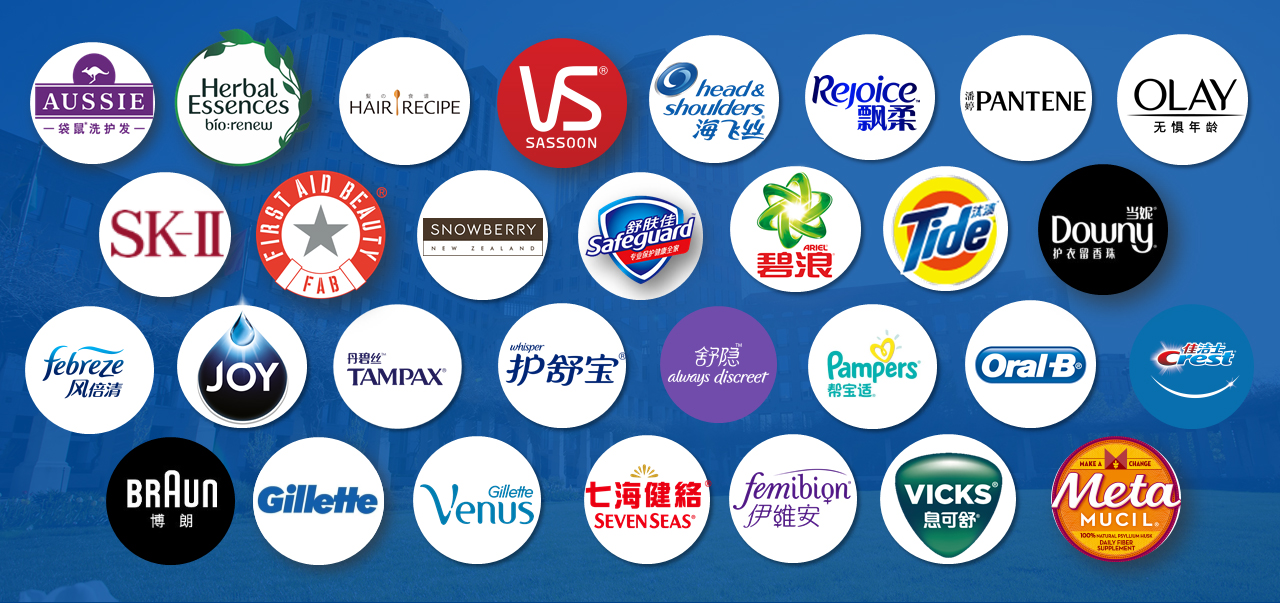Baier
Customer Background
Bayer is a world-class innovative company with core competencies in the fields of healthcare and agriculture. Bayer is committed to developing new molecules for innovative products and solutions to improve the health of humans, animals and plants. With its products, Bayer will continue to contribute to addressing some of the major challenges facing society today. The world's growing and aging population requires better healthcare and adequate food supply. Bayer continues to improve people's quality of life by preventing, alleviating and treating diseases. In addition, Bayer has been committed to providing reliable and high-quality food, feed and plants.
Demand Analysis
The phenomenon of counterfeiting and cross-regional sales is becoming increasingly serious, and effective measures must be taken to prevent it; If cross-regional sales and hoarding are found, effective measures must be taken to manage the dealer system.
Demand Explanation
On September 5, 2017, the Department of Crop Production and Plant Cultivation issued Announcement No. 2579, which made specific provisions on the coding rules, labeling production, management and use of QR codes on pesticide packaging. From January 1, 2018, pesticide labels produced by pesticide manufacturers and enterprises exporting pesticides to China must contain QR codes that comply with the provisions of the announcement. The pesticide QR code is a QR code or DM code, which consists of a tracking URL, a unit identification code, etc. By scanning the QR code, you can obtain information such as the pesticide name and the name of the registration certificate holder.
Solution Description
1. Intelligent material tracking management:
From raw material procurement and warehousing, WIP management, finished product warehousing, and delivery, material identification, positioning, tracking, and monitoring are carried out throughout the process. Production line marking: reasonable changes are made according to customer needs and system defects, without interfering with existing production; it helps to achieve OEE counting.
2. Product anti-counterfeiting:
Product anti-counterfeiting is achieved through item codes and RFID tags, and key information such as raw materials, production, warehousing, and logistics are monitored to prevent counterfeiting.
3. Supply chain collaboration system:
Seamlessly connect all links to achieve full-process material monitoring, full-process customer learning control, and reasonable allocation of funds.
4. Commodity traceability:
Based on IoT technologies such as one product one code and big data, it also includes modules such as commodity management, channel control, logistics regulation, and reporting processing.
Main advantages
1. Help enterprises quickly manage their huge distribution channels and solve problems such as mismatch between production and sales and imbalanced regional inventory; enable enterprise managers to timely and accurately grasp the operation process, business data and existing problems of each link of enterprise logistics management, and use the business statistics provided by the system to evaluate and make timely and correct decisions to achieve management and control of the overall logistics and sales of the enterprise;
2. Able to quickly and efficiently find problematic raw materials or processing links, and take product recalls and targeted punishment measures when necessary to improve product quality;
3. Realize the management of raw material warehouses and finished product warehouses, and use barcodes, QR codes and RFID related technologies to realize the information management of warehousing;
4. Establish a customer database for the company, establish refined customer management, create more profits for the company, and provide important data basis for the company's decision-making..



Validate your login